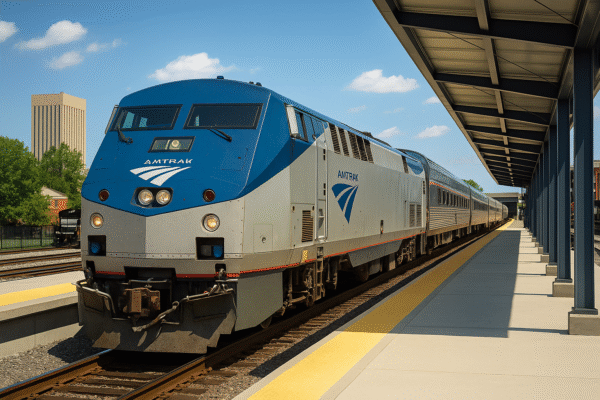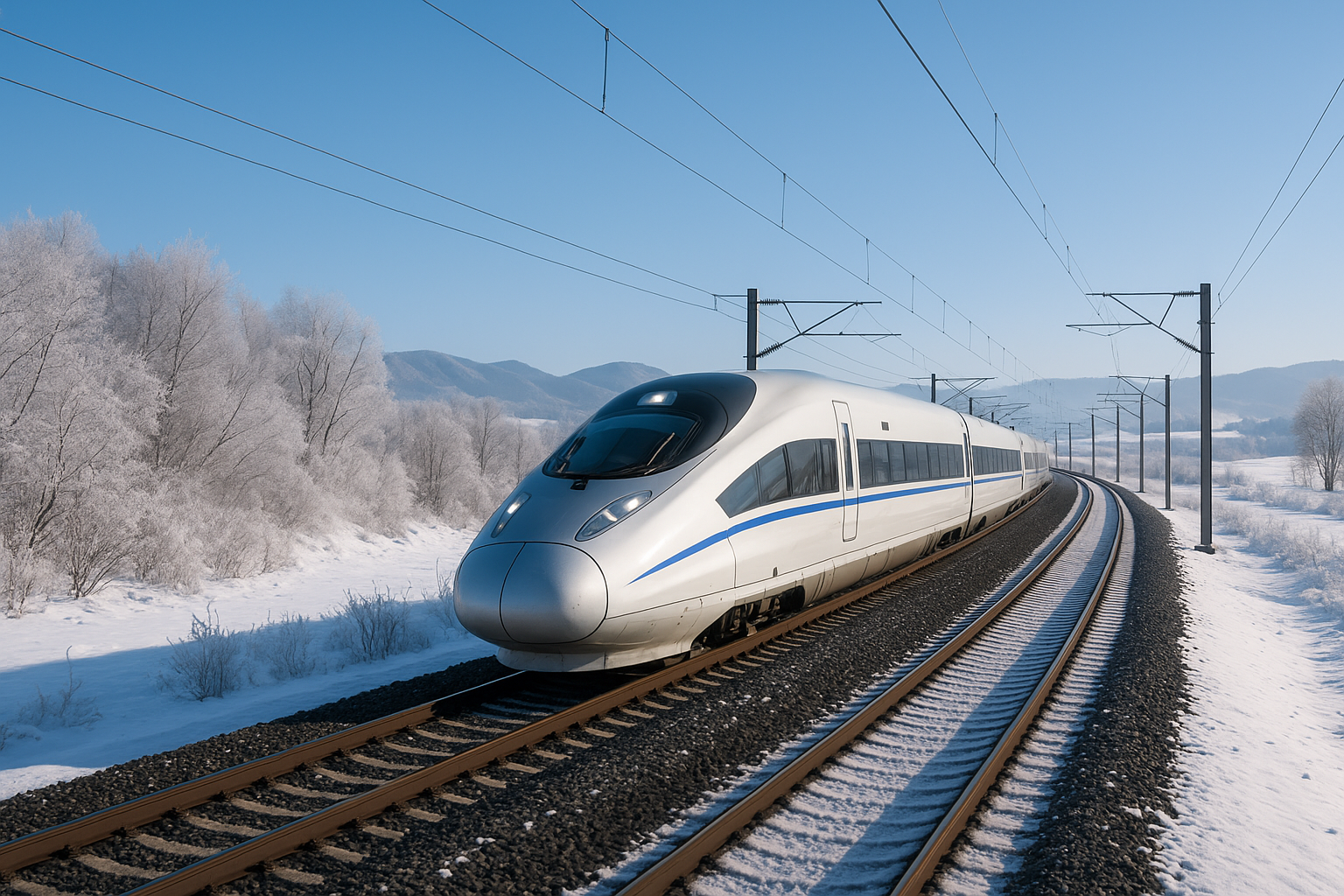China’s Harbin-Dalian High-Speed Railway (HSR), the world’s first high-speed rail line engineered for operations in extreme winter climates, has officially surpassed one billion passenger journeys, marking a monumental achievement in rail transportation history. Operated by China Railway Harbin Bureau Group Co., this milestone highlights the railway’s robust design, technological ingenuity, and vital role in boosting regional connectivity across Northeast China.
Launched on December 1, 2012, the Harbin-Dalian HSR links Harbin in Heilongjiang Province to Dalian in Liaoning Province, passing through major economic centers like Shenyang and Changchun. Spanning approximately 921 kilometers, this railway represents not just a marvel of modern infrastructure but a triumph over one of the most challenging operational environments on Earth.
Engineering Resilience in the Face of Extreme Weather
Uniquely designed to withstand temperature shifts of over 70°C, ranging from frigid -40°C winters to 35°C summers, the Harbin-Dalian HSR sets a new precedent for high-speed rail technology in hostile climates. This engineering marvel has succeeded where others hesitated—demonstrating that even in regions with intense snowstorms and prolonged sub-zero conditions, high-speed rail can operate safely, efficiently, and reliably.
Key innovations include:
- Turnout heating systems to prevent ice buildup on rail switches
- Specialized rolling stock engineered for sub-zero performance
- Manual snow removal teams and automated snow sensors
- Staggered train schedules to manage operational load during blizzards
- Disaster mitigation protocols for emergencies in isolated winter terrain
This comprehensive safety and maintenance framework ensures consistent service delivery, regardless of weather disruptions, earning the HSR global recognition for its cold-resilient design.
Passenger Milestone Reflects Expanding Demand and Efficiency
Surpassing one billion passengers signifies more than statistical success—it confirms the growing public trust in high-speed rail as a dependable mode of transportation across China’s northernmost provinces. According to data released by China Railway, demand has remained resilient year-round, with peak ridership often occurring during harsh winters when road and air travel become unreliable.
With journey times of just 3.5 hours from Harbin to Dalian, down from 9–10 hours by conventional train, the HSR offers commuters, students, business travelers, and tourists a seamless, time-saving option. The line also acts as a backbone of economic integration between inland industrial zones and coastal shipping hubs.
Upcoming Expansion: Connecting with the Shenyang-Baishan HSR
Looking ahead, the Harbin-Dalian High-Speed Railway is poised to become even more critical to regional development. In late 2025, it will integrate with the new Shenyang-Baishan High-Speed Railway, forming a “two-hour economic zone” that will significantly enhance intercity travel among:
- Shenyang (Liaoning)
- Changchun (Jilin)
- Dalian (Liaoning)
- Baishan (Jilin)
- Beijing and Northeast China
This extended network will establish a “three-hour business travel circle”, transforming Northeast China into a cohesive economic corridor with better links to national hubs and reduced dependency on conventional transportation.
According to the Ministry of Transport of the People’s Republic of China, this integration is part of a broader push under the “14th Five-Year Plan” to strengthen infrastructure in less-developed northern regions while promoting environmentally friendly travel.
Economic and Tourism Impact on Northeast China
The economic ripple effects of the Harbin-Dalian HSR have been substantial. Cities like Harbin, known for its Ice and Snow Festival, and Dalian, a maritime and tourism gateway, have benefited from increased foot traffic and tourism revenues.
With improved accessibility, small towns along the corridor have seen a surge in domestic tourism, revitalizing local economies and encouraging infrastructure investment. Businesses now benefit from streamlined logistics and faster personnel movement, while educational institutions have seen a rise in student mobility between cities.
Moreover, the railway supports China’s dual-carbon goals by offering a greener alternative to short-haul flights and long-distance car travel, cutting emissions and reducing dependency on fossil fuels.
Global Implications for Cold-Climate Rail Infrastructure
The Harbin-Dalian HSR serves as a prototype for future international rail projects in cold and mountainous regions, such as Siberia, Canada, and Scandinavia. Its proven resilience under severe climatic stress challenges the notion that high-speed rail is only viable in temperate zones.
Rail industry experts across Asia and Europe are studying its cold-weather adaptations to inform their own plans for climate-resilient transportation systems. It is now viewed as a cornerstone of China’s Belt and Road Initiative (BRI)efforts to export high-speed rail expertise globally.
Conclusion: A Model of Innovation, Resilience, and Growth
The crossing of the one billion passenger threshold by the Harbin-Dalian High-Speed Railway is not just a domestic achievement—it’s a global benchmark. Through cutting-edge engineering, strategic planning, and strong governmental support, China has proven that high-speed rail can flourish even in the world’s harshest environments.
As expansion continues and integration with the Shenyang-Baishan line becomes a reality, this railway will further catalyze economic growth, regional mobility, and climate-conscious infrastructure. For countries seeking to modernize transport in extreme climates, the Harbin-Dalian HSR offers a clear and compelling roadmap for success.





















